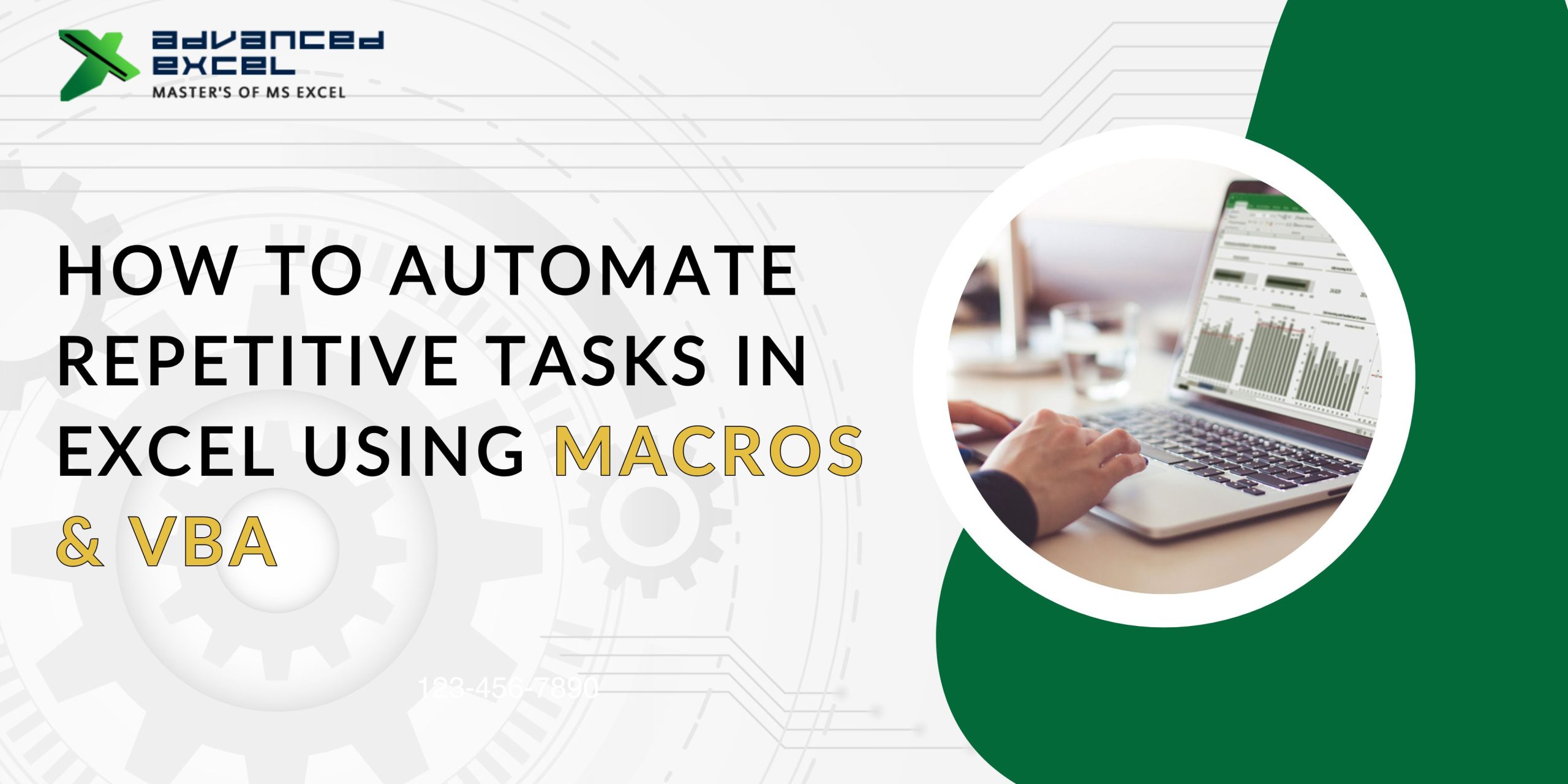In the modern business landscape, data analysis plays a crucial role in driving informed decision-making and achieving organizational success. Microsoft Excel, a powerful spreadsheet software, is widely utilized for managing and analyzing data. In this comprehensive guide, we will explore the art of building dynamic Management Information System (MIS) reports using Excel. By harnessing the full potential of Excel’s features and functionalities, you can create impactful MIS reports that provide valuable insights to stakeholders. Whether you’re an experienced professional or a beginner seeking MIS training in Gurgaon, this guide will equip you with the necessary skills to excel in the field of dynamic MIS reporting. Let’s delve into the world of dynamic MIS reporting!
Understanding MIS Reports
MIS reports serve as a cornerstone for businesses to monitor, evaluate, and optimize their performance. These reports consolidate relevant data from various sources into concise and visually appealing formats, facilitating effective data analysis. By presenting key metrics and trends in an accessible manner, MIS reports empower decision-makers to identify patterns, spot anomalies, and make data-driven choices.
Leveraging Excel’s Power
Excel offers an extensive array of tools and functions that can be harnessed to build dynamic MIS reports. Let’s explore some of the key features that will help you unlock Excel’s potential:
- PivotTables: Unleashing Data Insights
Pivot Tables are a powerful Excel feature that enables you to summarize, analyze, and manipulate large sets of data effortlessly. With just a few clicks, you can transform raw data into meaningful information by aggregating, filtering, and sorting it dynamically. PivotTables empower you to explore different perspectives and gain valuable insights from your data.
- Conditional Formatting: Visualizing Data
Visual representation of data is more important for effective communication. Excel’s conditional formatting allows you to highlight specific data points based on predefined conditions. By leveraging this feature, you can create visual cues, color gradients, and data bars to emphasize critical information, making your MIS reports visually appealing and easy to comprehend.
- Formulas and Functions: Calculating with Precision
Excel’s vast library of formulas and functions equips you with the tools to perform complex calculations effortlessly. From basic arithmetic operations to advanced statistical analysis, Excel has you covered. Utilize formulas and functions like SUM, AVERAGE, COUNT, IF, and VLOOKUP to derive meaningful insights from your data and streamline your MIS reporting process.
- Dynamic Charts: Visual Storytelling
Data visualization is a powerful storytelling technique that enhances the impact of your MIS reports. Excel provides a wide range of dynamic chart types, including column charts, line graphs, and pie charts, enabling you to represent data trends and patterns in a visually engaging manner. With advanced Excel corporate training, you gain the ability to customize chart elements and apply animation effects, allowing you to bring your data to life and captivate your audience.
Best Practices for Dynamic MIS Reporting
To create highly effective MIS reports that outrank other websites, it is crucial to follow these best practices:
- Define Clear Objectives
Before diving into report creation, clearly define the objectives and requirements of your MIS reports. Understand the specific metrics, KPIs, and insights that stakeholders need to drive decision-making. By aligning your reports with organizational goals, you ensure that they deliver maximum value.
- Choose the Right Data Sources
Identify the most relevant and reliable data sources for your MIS reports. Ensure that the data is accurate, up-to-date, and properly structured. Leverage automated data retrieval techniques or establish data connections to eliminate manual data entry and reduce errors.
- Design User-Friendly Templates
Create visually appealing templates with a user-friendly interface. Organize the data logically and intuitively, utilizing clear headings and labels. Consider the readability and ease of navigation for users accessing the reports.
- Customize Report Layouts
Tailor the layout of your MIS reports to meet the specific needs of your audience. Present the most critical information prominently, using charts, graphs, and tables to enhance data comprehension. Utilize color schemes and font styles that align with your organization’s branding guidelines, ensuring a professional and cohesive look.
- Automate Data Updates
Regularly updating your MIS reports is essential to maintaining their relevance and accuracy. Excel offers various automation features, such as data connections, macros, and Power Query, that enable you to automate data retrieval and refresh processes. By minimizing manual intervention, you can ensure that your reports are always up-to-date.
- Validate Data and Perform Quality Checks
Data integrity is paramount in MIS reporting. Before finalizing your reports, perform thorough data validation and quality checks. Verify the accuracy of calculations, cross-check data sources, and eliminate any duplicates or errors. Reliable and error-free reports instill confidence in your stakeholders and enhance the credibility of your analysis.
- Provide Context and Insights
MIS reports should go beyond raw data presentation. Add context and insights to your reports by including brief explanations, interpretations, and actionable recommendations. Help your audience understand the significance of the data and guide them toward making informed decisions based on the insights provided.
Be a Reporting Pro
In today’s data-driven business landscape, building dynamic MIS reports using Excel is an essential skill for professionals. By leveraging the power of Excel’s features and following best practices, you can create comprehensive reports that provide valuable insights to stakeholders. From Pivot Tables and conditional formatting to formulas and dynamic charts, Excel offers a robust toolkit for data analysis and visualization. If you’re looking to enhance your Excel skills and receive advanced excel training in Delhi, the Advanced Excel Institute is the ideal choice. Their comprehensive program covers advanced techniques and strategies for utilizing Excel’s functionalities effectively. With the Advanced Excel Institute, you can master advanced Excel concepts and become proficient in creating dynamic MIS reports that meet the diverse needs of businesses.
Remember to define clear objectives, choose reliable data sources, design user-friendly templates, customize layouts, automate data updates, validate data, and provide meaningful insights. By adhering to these best practices, you can create MIS reports that not only outrank other websites but also empower decision-makers to drive organizational success.





